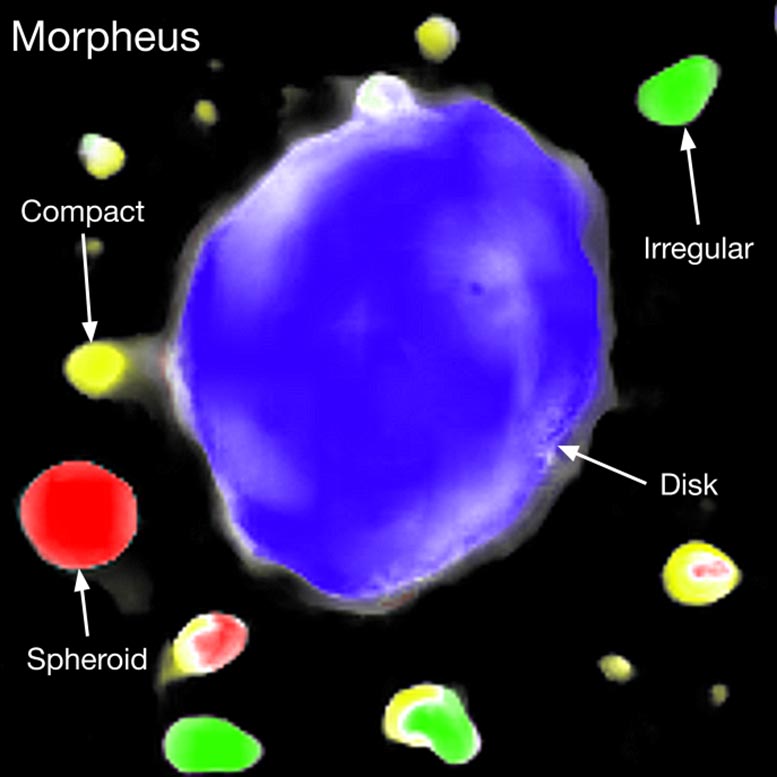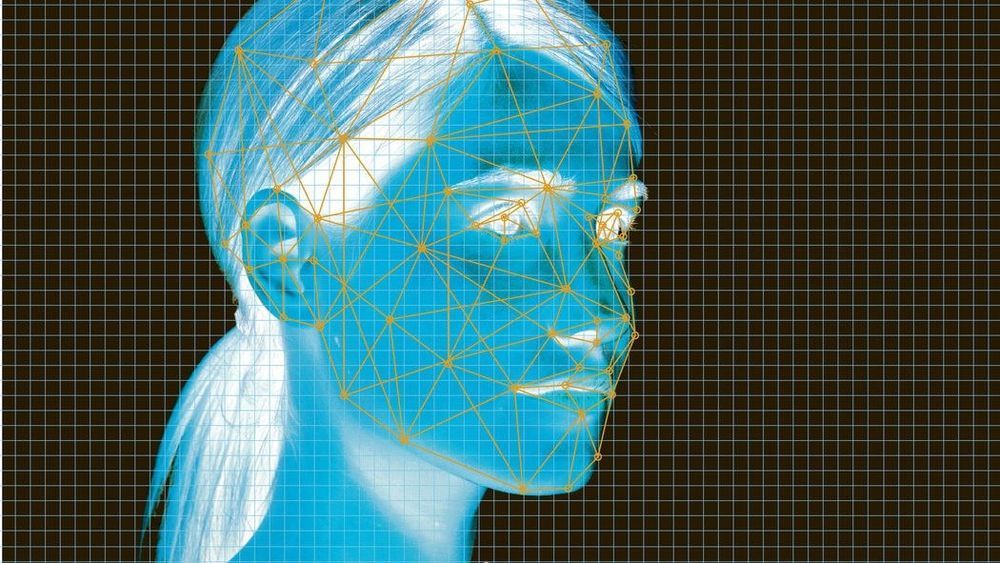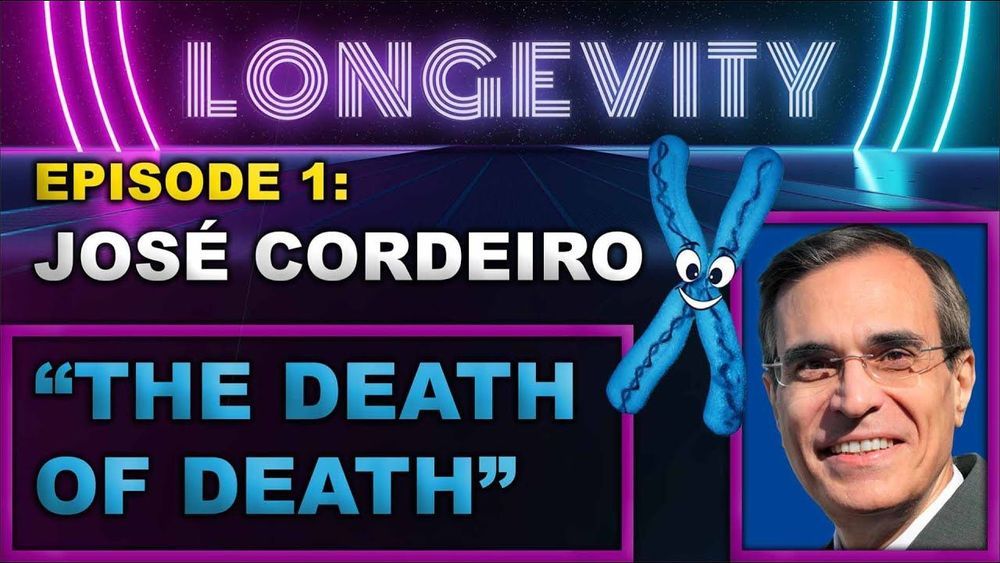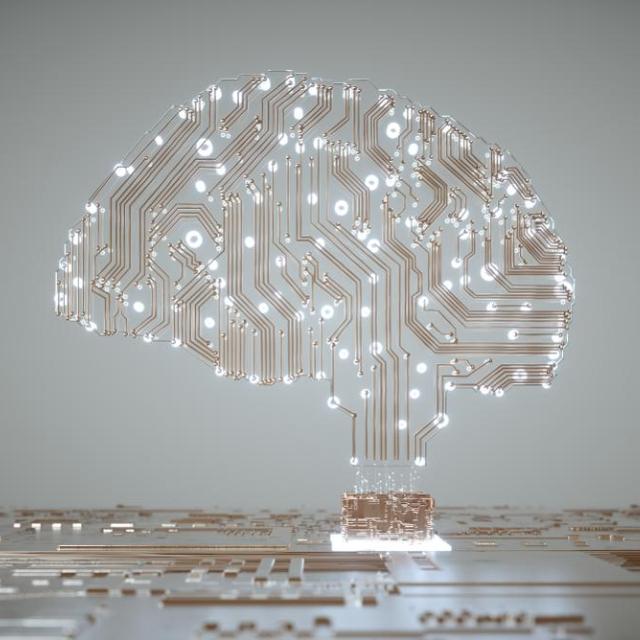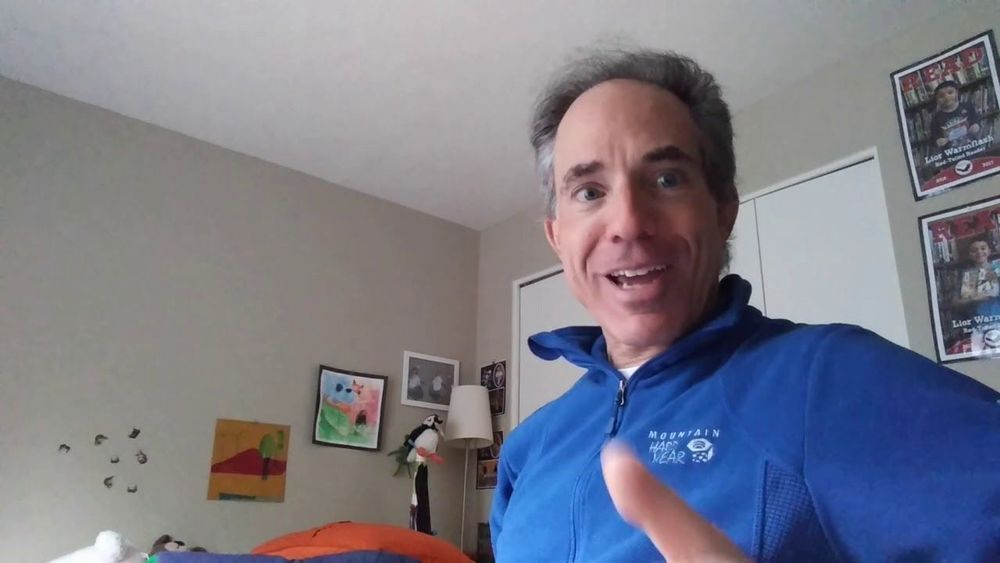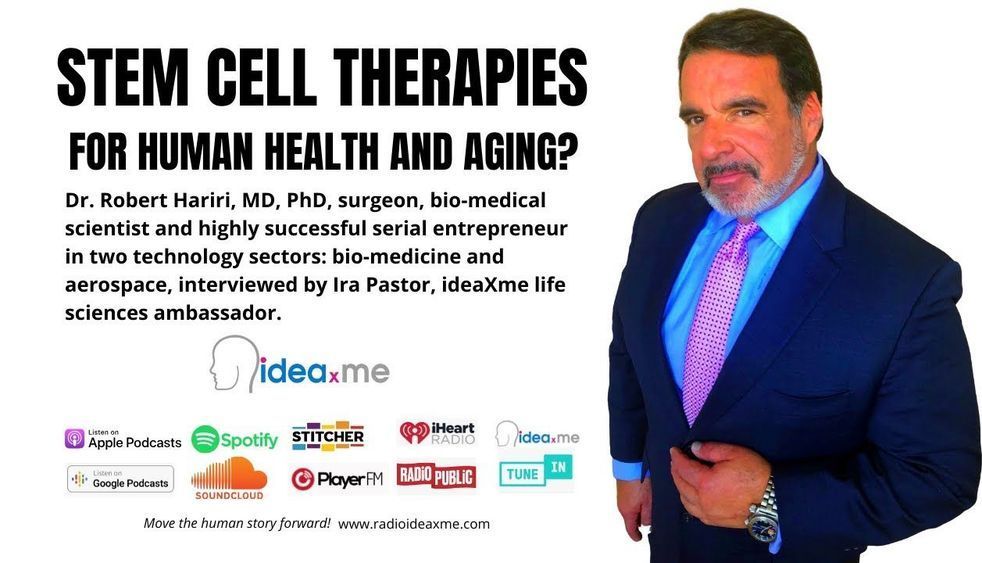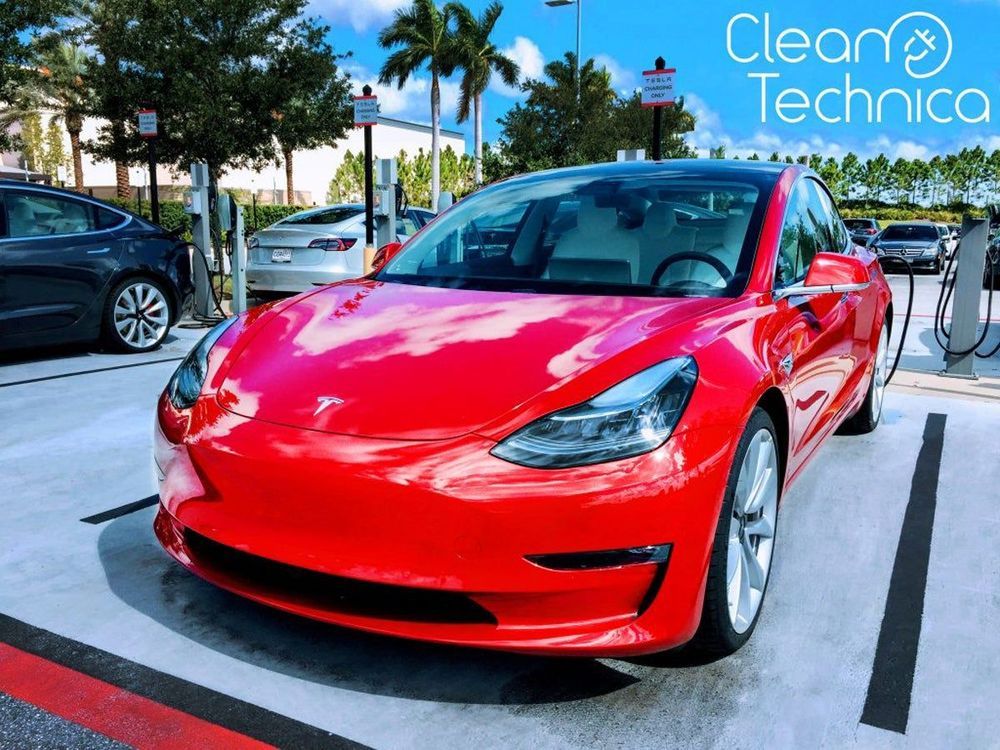UCSC researchers developed a deep-learning framework called Morpheus to perform pixel-level morphological classifications of objects in astronomical images.
Researchers at UC Santa Cruz have developed a powerful new computer program called Morpheus that can analyze astronomical image data pixel by pixel to identify and classify all of the galaxies and stars in large data sets from astronomy surveys.
Morpheus is a deep-learning framework that incorporates a variety of artificial intelligence technologies developed for applications such as image and speech recognition. Brant Robertson, a professor of astronomy and astrophysics who leads the Computational Astrophysics Research Group at UC Santa Cruz, said the rapidly increasing size of astronomy data sets has made it essential to automate some of the tasks traditionally done by astronomers.
